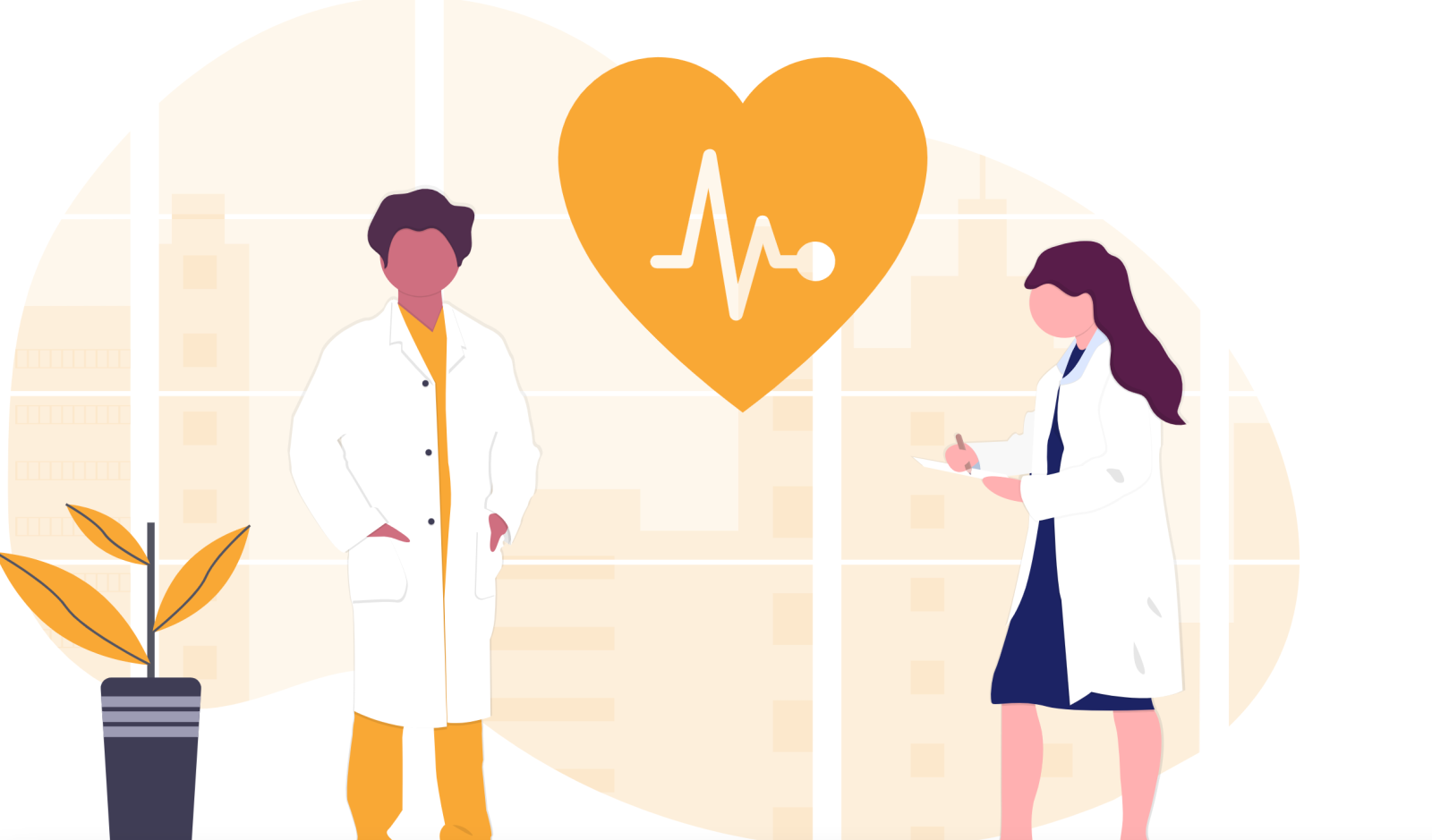Celiac Disease and Type 1 Diabetes: What’s the Connection?
By Jewels Doskicz

Celiac disease and type 1 diabetes often go hand in hand. Learn more about what celiac is, what your risk might be for this condition, and how to navigate a diagnosis.
The first time Monica Lanning heard of celiac disease was when she was 12 years old and her endocrinologist, who had been working with her to manage her type 1 diabetes for the past decade, ordered routine lab work that showed the possibility of her developing this disorder. It wasn’t until years later, just as she began college, that intestinal issues began to surface, signaling the arrival of celiac disease.
Celiac is diagnosed in about 2 million people in the U.S., with an estimated 2.5 million more remaining undiagnosed, according to the Celiac Disease Foundation. Celiac disease and type 1 diabetes share a common denominator: they’re both autoimmune conditions that involve the body’s immune system making antibodies – small proteins that help your immune system identify bacteria, viruses, and more (to beta cell antigens in type 1 diabetes and to the intestinal lining in celiac disease).
What exactly is celiac disease?
Celiac disease is an autoimmune reaction to the protein found in wheat, barley, and rye. This can cause damage to the lining of the intestines and a host of other health problems.
Is celiac disease the same as an allergy or food intolerance?
No. Celiac disease shouldn’t be confused with an allergy to wheat or gluten intolerance (non-celiac gluten/wheat sensitivity). While a wheat allergy can cause hives, vomiting, or anaphylaxis – a potentially life-threatening condition – gluten or wheat intolerance does not.
“Individuals with these conditions have legitimate symptoms, but they don’t test positive for celiac disease,” explained Shaina Greenspan, MS, RD, who practices nutritional medicine and lives with type 1 diabetes. “Allergy testing can be helpful, as well as removing the irritant [gluten] from the diet to help resolve symptoms.”
What are the symptoms of celiac disease?
Celiac disease has 200 possible symptoms. It can affect each person differently, and this can make it challenging to diagnose since they often have overlapping genetic and environmental risk factors.
Here’s the tricky part: celiac disease can be symptomless. While some people have chronic headaches, gastrointestinal issues, poor growth during childhood, joint pain, or a skin rash, others may have no symptoms at all.
Why does this matter? Because if you have no idea that you have it and keep eating gluten, you can develop serious medical problems.
Whether you have symptoms or not, undiagnosed celiac disease puts you at risk for other health conditions. So, it's important for your overall health and well-being to understand if gluten is causing you any ill effects.
Consider using this Symptoms Assessment Tool from the Celiac Disease Foundation to see if you’re at risk. Take note: you must be eating gluten regularly for this test to work properly.
How is celiac disease diagnosed?
If you have symptoms of celiac disease, the best thing to do is to see a healthcare provider. They'll ask you questions, order necessary testing, and make a treatment plan that works best for you.
This may include antibody or genetic testing, or a referral to a gastroenterologist for an endoscopy (a procedure to see inside your small intestine and take biopsies for testing, if needed).
“It’s important to keep gluten in your diet before testing," said Greenspan. "To get accurate results from blood work, endoscopy, or biopsies – gluten must be in your system.”
Otherwise, you can get “false negative” results, which means that you could have celiac disease, but the tests don't show it.
Who is at high risk for celiac disease?
While anyone can develop celiac disease, it’s common within families because it’s hereditary. For example, if you have a first-degree family member living with celiac, you have a 1 in 10 chance of developing it.
Be sure to let your provider know if you have a sibling, parent, or child that has celiac disease. While anyone can have celiac disease, it’s more common in women.
Is celiac disease more common in people with type 1 diabetes?
Yes, there’s a known relationship between type 1 diabetes and celiac disease. While celiac disease affects about 1 percent of the general population, research suggests that it affects about 6 percent of the type 1 diabetes population (with variances up to 10% and greater).
Celiac testing is recommended upon diagnosis with type 1 diabetes and at prescribed intervals thereafter. Have you been tested? If so, take note of your results.
Although people living with type 1 diabetes are at increased risk of developing celiac disease, and research on the relationship between the two conditions is ongoing, many people remain untested and undiagnosed.
How is celiac disease treated?
Celiac disease is treated with food avoidance. Once diagnosed, individuals follow a gluten-free diet for life, because even small amounts of gluten (such as crumbs in a toaster) can damage the lining in your intestines and trigger symptoms.
“With this autoimmune condition, food is medicine. If left untreated, symptoms are likely to continue. A person can have poor absorption of nutrients – which can lead to vitamin and mineral deficiencies – and health problems such as anemia and osteoporosis. And ongoing damage to the gut can happen even with mild symptoms,” explained Greenspan.
What is gluten?
Gluten helps foods to stick together and hold their shape. It’s found in obvious places such as bread, baked goods, cereals, and pasta. It’s also found in some harder-to-identify items such as lip balms, hair products, and medications.
Gluten-free labeling is regulated by the FDA. If the label says “gluten-free,” this means that it doesn’t have any gluten-containing ingredients, or it has less than 20 parts per million of gluten.
Is gluten bad for you?
Not necessarily. While a gluten-free diet may be needed to manage a health condition, most people can tolerate gluten just fine. Plus, having a gluten-free diet doesn’t mean that a person is eating healthfully. This is particularly true with highly processed choices that are lacking in the nutrition department (hello, gluten-free Oreos).
“If a person doesn’t have celiac disease, but chooses a gluten-free diet, they can have a poorly balanced diet with a lack of complex carbohydrates," Greenspan said. "These carbs provide the body with fiber, iron, calcium, B vitamins, and folate, all of which are important nutrients.”
Balancing type 1 diabetes and celiac disease
As for Lanning, she said she initially struggled to adapt her lifestyle to yet another health condition.
"I started to have gut symptoms my freshman year in college, but I was kind of in denial,” she recalled. “I felt angry about having celiac at first – in addition to type 1 diabetes – especially as a college student.”
Today, Lanning is a physician assistant studies student at Stanford University School of Medicine. She said it’s not hard these days to eat well using gluten-free substitutions for most things.
“Eating is the center of social events, so there can be emotional effects, too. I didn’t want to be a burden on anyone – I don’t feel this way now, but I did after diagnosis. Now I tend to go to similar restaurants that take celiac precautions seriously and don’t treat me like I have a trendy diet,” she said.
Learn more about gut health and diabetes here:








